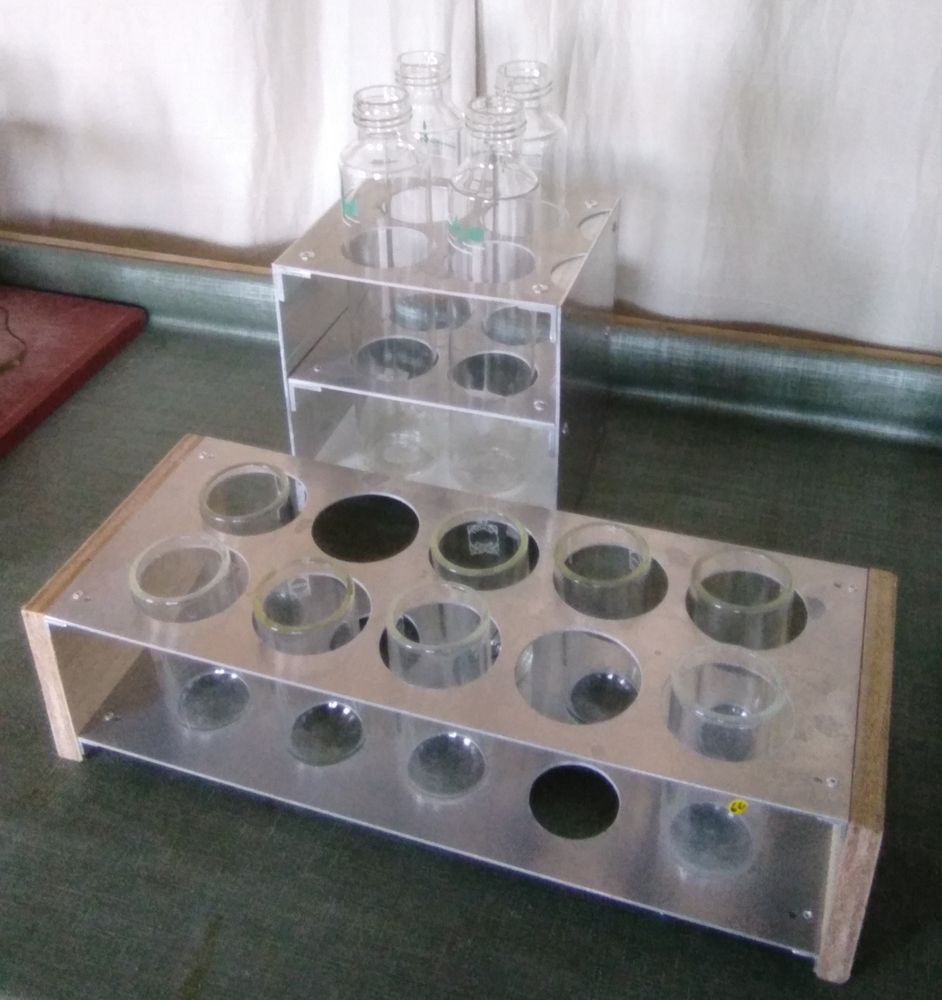No big thrips infestation yet this year. One Alocasia had thrips from the store, but after cleaning off and spraying with the previous mildly insecticidal spray, they didn’t return.
However, now I do have a bit of an aphid infestation – a lot of them on two of my plants, and they’ve spread a bit to other plants with new leaves too. They don’t seem to be doing much damage yet, but another spraying couldn’t hurt. So I’m making a new essential oil bug spray – slightly stronger this time, bigger batch. I’ve increased the amount of dish soap and the tea tree and rosemary, supposedly these are most effective against aphids. Lavender, lemon and ethanol kept at the same concentration.
- 280 drops of essential oil (~1.4%):
- 100 drops tea tree
- 81 drops rosemary
- 75 drops lavender
- 15 drops lemon
- 30 mL 95% bio-ethanol (~3%)
- 25 drops of mild dish soap
- distilled water to 1000 mL
Ended up being way more than I need. I hope it kills the aphids.
Edit: two hours after spraying, barely any of the aphids seem alive still. Tomorrow I’ll clean the most affected plants off under the shower and perhaps do another spray on them, hopefully that should be enough to keep them away for a while. I did have some irritation in one eye after spraying, so I’ll be more careful with that.
